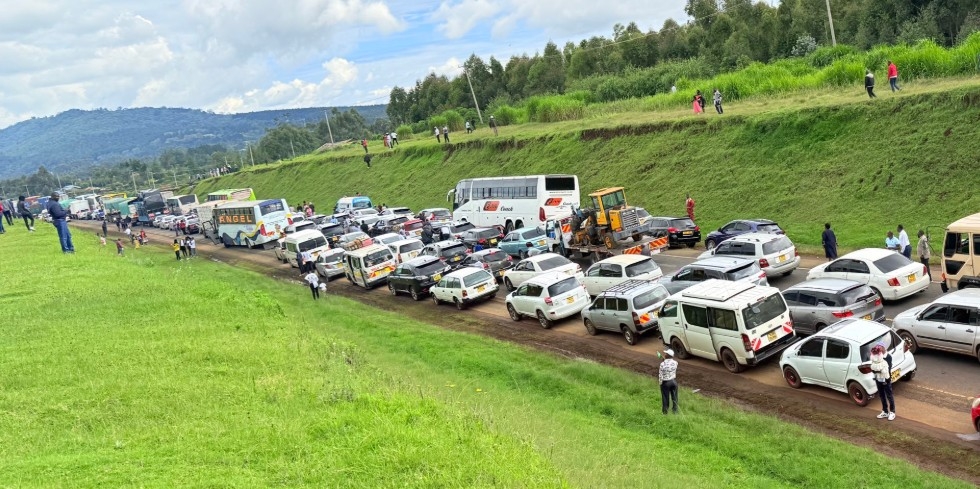Despite the ban the on use of asbestos in 2006 over the associated increase in cancer cases, the material is still in use in many parts of the country.
Across the globe, 55 countries including the US, New Zealand, Australia and Egypt have banned the use of asbestos as a roofing material.
In the 1960s and 1970s, asbestos was a material of choice in the construction industry.
Studies have shown that despite its durability and fire resistance characteristics, asbestos is a hazardous material with extremely fine fibres which can remain suspended in the atmosphere for hours.
Exposure to air containing the fibres increases the risk of inhaling the fibres which leads to serious chronic health problems such as asbestosis, lung cancer and mesothelioma. These diseases are incurable and fatal.
On Wednesday, Environment Cabinet Secretary Aden Duale mandated the removal of all asbestos roofs across Kenya within three months, citing public health concerns.
He specifically instructed hospitals and private facilities with asbestos roofs to comply with the directive.
“The Cabinet Secretary of the Ministry of Environment, Climate Change, and Forestry, Aden Duale, has directed NEMA to identify facilities with asbestos roofing nationwide to ensure its removal,” a statement from the National Environment Management Authority read in part.
Asbestos finds use in various construction aspects, such as soundproofing, ceilings, tiles, and insulation materials, among others.
Historically, the popularity of asbestos as a roofing material was attributed to its lightweight nature and ease of installation.
Other advantages of using asbestos include; the fact that it does not corrode when exposed to chemicals.
In Kenya, they are found in various government institutions including hospitals, universities, education centres, as well as coffee and tea estates, and county government offices.
Given the adverse health effects posed by exposure to asbestos fibres, precautionary measures need to be taken during removal and disposal.
When planning to remove asbestos materials, one is advised to secure the site to prevent unauthorised persons and to restrict movement.
“Wet the asbestos sheets before removal. If asbestos sheets should begin to crack or crumble, immediately wet the cracked or broken areas with the pintsize spray bottle or garden pump sprayer,” guidelines from NEMA read.
NEMA advises removal of asbestos sheets by pulling any fasteners (nails, screws, rivets) or cutting fastener heads to minimize breakage.
“If necessary, carefully lift asbestos sheets with pry tools to expose the fasteners’ heads. Do not slide the asbestos sheets over each other. Carefully lower removed asbestos sheets to the ground. Do not throw or drop it. Care should be taken not to stand or sit on the asbestos sheets to avoid breakage,” it says.
The workers removing the asbestos are required to have the appropriate personal protective equipment which must be removed as they enter the shower room immediately after removal of the asbestos.
“If the asbestos must be stored before disposal, it must be stored in such a way that its containers are secure from accidental or deliberate damage, access by staff and the general public,” NEMA adds.
NEMA says asbestos should be lowered gently into the disposal site and should not be dropped from any height to avoid breakage.
It says the depth of the disposal pit shall be as deep as practically possible to accommodate more asbestos waste but at least one metre above the water table.
“When all available asbestos has been lowered into the pit, cover with polythene paper followed by a 6-inch layer of soil. Continue doing this until the pit is full or the waste is finished.”
After the pit is full, one is required to cover it with 500 gauges double wrap polythene sheet and fill the pit with a layer of soil up to the ground level.
“Disposal site should be completely fenced off with at least chain link and a lockable gate which shall be locked at all times.”
Warning notices stating “asbestos hazard area, keep out” shall be placed at the disposal site.












